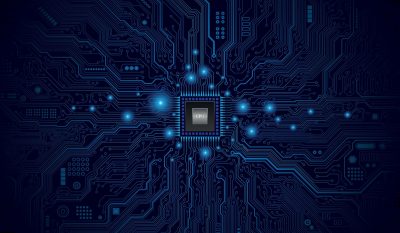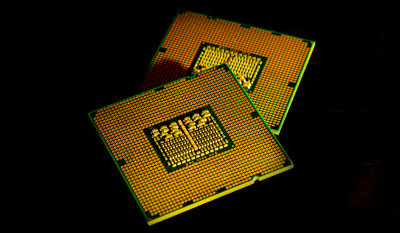Google Cloud has introduced another member in the E2 compute instance family. The new instances are engineered to take care of general-purpose workloads and are estimated to offer a sizable cost benefit with a saving bracket of about 31% compared to N1, the current general-purpose instances.
Constructed to operate on standard Intel and AMD chips, Google mentions that the instances also make use of a custom CPU scheduler “that dynamically maps virtual CPU and memory to physical CPU and memory to maximize utilization.”
Additionally, the new system operates in a smarter way when it is the question of placing VMs with extra flexibility to move them from one host to another based on the need. To achieve the above functionality, Google has developed a custom CPU scheduler, which significantly owns better latency guarantees and co-scheduling behavior link compared to Linux’s default scheduler.
The new scheduler assures sub-microsecond wake-up latencies and faster context switching. This enables Google efficiency gains and then passes on to users in the form of these savings. Experts also mention the chances of similar upgrades to Google’s other instances’ families in the future.
Available in various configurations, it is interesting to know that Google is ready to put this offering versus its competitors. In addition, the company writes, “Unlike comparable options from other cloud providers, E2 VMs can sustain high CPU load without artificial throttling or complicated pricing.” It also mentioned, “This performance is the result of years of investment in the Compute Engine virtualization stack and dynamic resource management capabilities.”
The launch will give an interesting way to check out some more benchmarks in comparison to similar offerings from cloud giants such as AWS and Azure.
The pre-defined instance configurations offered by Google range from 2 vCPUs with 8 GB of memory to 16 vCPUs and 128 GB of memory. And for small workloads, the cloud leader also plans to introduce a set of E2-based instances that are more like f1-micro and g1-small machine types.









































































